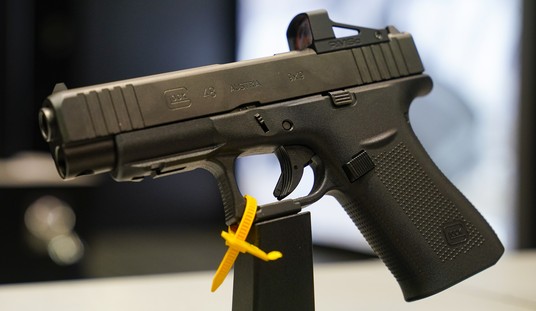Mrgunsngear Channel has composed some lessons he learned from watching the Paris terror attacks last Friday, and compiled them into the video above.
There are a number of things I’ve taken away from the Paris attacks as well.
1. The “Run-Hide-Fight” model pushed by the Federal Bureau of Investigation and Department of Homeland Security is becoming outdated.
I respect the work that went into building the “Run-Hide-Fight model adopted by schools and companies around the nation, but it seems to have the limitation of being designed for a single incident and single attacker scenario. It also assumes the defender, and that a timely law enforcement response will result in multiple officers swarming the scene within minutes of an attack beginning. Unfortunately, that model, relying upon external resources swooping in to resolve the situation, only works with single incident/single offender situations where the weight of numbers and time is on the side of the authorities.
While the “Run” and “Hide” components are still as tactically sound as they’ve ever been, the “Fight” part of the equation is outdated, and assumes that the defends can or should only be armed with improvised weapons.
There are roughly 13 million concealed carriers in the United States, and more are obtaining permits and undergoing training every week to increase their skills. It seems foolish to maintain these illusory “gun free zones,” and it is foolish not to plan on having concealed carriers as part of the equation. I’d make the argument that the FASTER Program model (created by the Buckeye Firearms Association and used in Ohio’s public schools) should be incorporated, where concealed carry by trained individuals is encouraged institutionally as part of a more robust comprehensive plan for both fighting attackers and treating the injured.
2. Citizens should invest in applicable defensive firearm and emergency medical training
As I noted briefly yesterday, Gunsite Academy began laying the groundwork for new courses to address these kind of threats. Active Shooter/Terrorist Response For Civilians will launch in March, with Bob Whaley as the rangemaster. Emergency Medical Preparedness is another Gunsite class focused on “active shooter” type scenarios, from the perspective of providing medical care for the wounded. Other firearms and self defense schools have similar courses, and even courses on neutralizing terrorist bombers. You spend hundreds of thousands of dollars every year for car insurance and medical insurance. I look at defensive firearms training and emergency medical courses as nothing more or less than purchasing life insurance.
3. All citizens should invest in the concept of “everyday carry,” and consider revising it as circumstances dictate.
Everyday carry or EDC has traditionally been reserved for concealed carriers, and had revolved around a gun and perhaps a spare magazine. Over time, small but powerful flashlights were added to the mix, and now trauma medical gear is being added with recommendations from as high as the White House itself.
While not every can or should carry a firearm and spare magazines for any number of valid reasons, everyone can carry a small flashlight, tourniquet, and hemorrhage-control kits that can be as simple as a Israeli bandage or as complex as a trauma dressing impregnated with blood-clotting agents, and these kits can go with you everywhere, including through TSA security, into schools, and other areas where firearms are prohibited.
We live in a changing world. Intelligent people respond to that change by rising to meet it head-on.







Join the conversation as a VIP Member